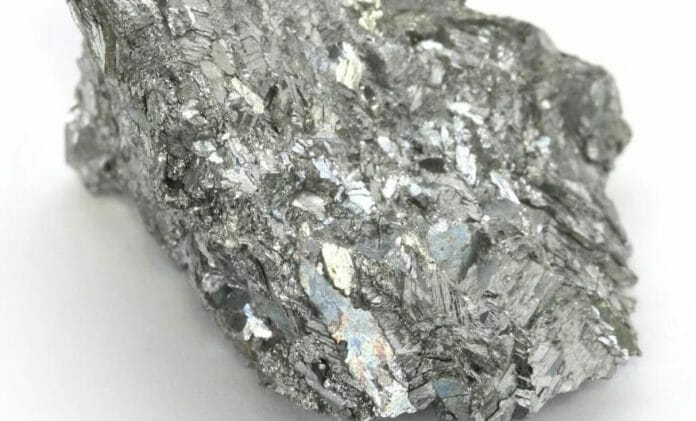Researchers at Stanford University demonstrated that a thin layer of a metallic compound called manganese palladium three has the necessary properties to facilitate a form of working memory that stores data in electron spin directions.
In a paper published in the journal Nature Materials, the scientists explain that the aim of their work is to address the exponential rise in the demand for computing power caused by the introduction of increasingly complex artificial intelligence (AI) technologies.
“In my opinion, we have already transitioned from the internet era to the AI era,” Shan Wang, co-author of the study, said in a media statement. “We want to enable AI on edge—training locally on your home computer, phone, or smartwatch—for things like heart attack detection or speech recognition. To do that, you need a very fast, non-volatile memory.”
Quicker way to store data
The method of memory storage analyzed by Wang and his colleagues, known as spin-orbit torque magnetoresistive random access memory (SOT-MRAM) has the potential to store data more quickly and efficiently than current methods, which store data using electric charge and require a continuous power input to maintain that data.
“We’ve provided a basic building block for future energy-efficient storage elements,” Wang said.
“It’s very foundational, but it’s a breakthrough.”
SOT-MRAM relies on an intrinsic property of electrons called spin. To understand spin, picture an electron as a rotating basketball balanced on the end of a professional athlete’s finger. Because electrons are charged particles, the rotation turns the electron into a tiny magnet, polarized along its axis.
If the electron switches spin directions, the north-south poles of the magnet switch. Researchers can use the up or down direction of that magnetism—known as the magnetic dipole moment—to represent the ones and zeroes that make up bits and bytes of computer data.
In SOT-MRAM, a current flowing through one material (the SOT layer) generates specific spin directions.
The movement of those electrons, coupled with their spin directions, creates a torque that can switch the spin directions and associated magnetic dipole moments of electrons in an adjacent magnetic material. With the right materials, storing magnetic data is as simple as switching the direction of an electrical current in the SOT layer.
But finding the right SOT materials isn’t easy. Because of the way the hardware is designed, data can be stored more densely when electron spin directions are oriented up or down in the z-direction. Unfortunately, most materials polarize electron spins in the y-direction if the current flows in the x-direction.
“Conventional materials only generate spin in the y-direction—that means we would need an external magnetic field to make switching happen in the z-direction, which takes more energy and space,” Fen Xue, co-author of the paper, said.
“For the purpose of lowering the energy and having a higher density of memory, we want to be able to realize this switching without an external magnetic field.”
Manganese palladium three
The researchers found that manganese palladium three has the properties they need. The material is able to generate spins in any orientation because its internal structure lacks the kind of crystal symmetry that would force all of the electrons into a particular orientation. Using manganese palladium three, the researchers were able to demonstrate magnetization switching in both the y- and z-directions without needing an external magnetic field. Although not demonstrated in the manuscript, x-direction magnetization can also be switched in the absence of an external magnetic field.
“We have the same input current as other conventional materials, but we have three different directions of spins now,” Mahendra DC, who conducted the work as a postdoctoral researcher at Stanford and is the first author on the paper, said.
“Depending on the application, we can control the magnetization in whatever direction we want.”
In addition to its symmetry-breaking structure, manganese palladium three has several other properties that make it an excellent candidate for SOT-MRAM applications. It can, for example, survive and maintain its properties through the post-annealing process that electronics need to go through.
“Post-annealing requires electronics to be at 400 degrees Celsius for 30 minutes,” DC said.
“That’s one of the challenges for new materials in these devices, and manganese palladium three can handle that.”
Also, the layer of manganese palladium three is created using a process called magnetron sputtering, which is a technique that is already used in other aspects of memory-storage hardware.
The result is a material that not only has novel properties that could help meet our growing computing requirements but can fit smoothly into current manufacturing techniques. The researchers are already working on prototypes of SOT-MRAM using manganese palladium three that will integrate into real devices.
“We are hitting a wall with the current technology,” DC said.
“So we have to figure out what other options we have.”
-mining.com









